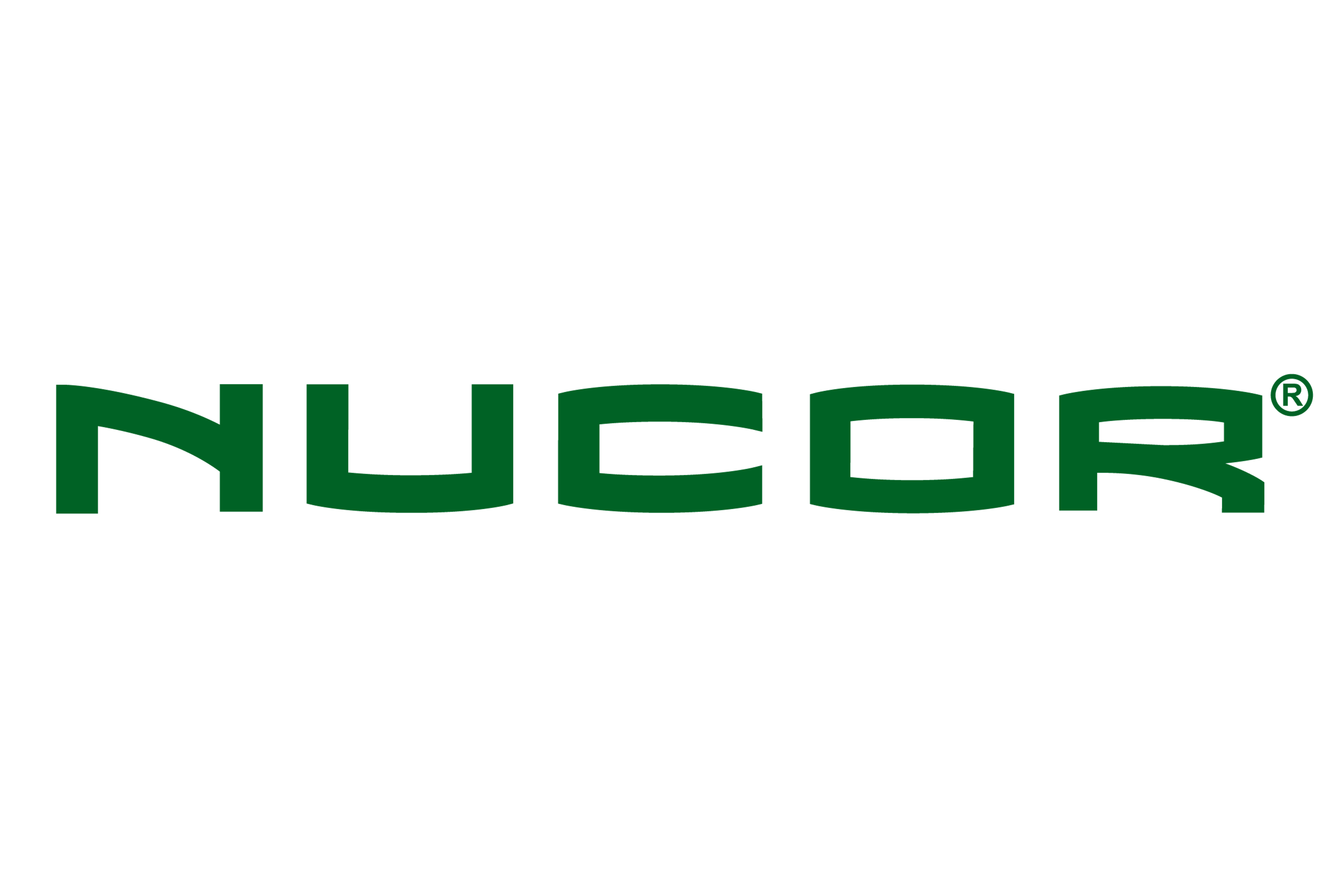Analysis

November 18, 2025
Final Thoughts
Written by Michael Cowden
Sheet prices are in the middle of one of their most sustained rallies since the first quarter. And this time, it’s come in the absence of any tariff or trade policy shocks.
Case in point: SMU’s price for hot-rolled coil now stands at $860 per short ton (st) on average. That’s up $30/st from last week and up $65/st from early October, according to our interactive pricing tool.
Even galvanized, which had been weaker, saw sharp gains this week. SMU’s base for galv is at $980/st on average. That’s up $35/st from last week and up $55/st from a month ago.
You might note that our galvanized spread is wider than usual this week. We continue to see prices in the $900s/st on the low end. That’s not much above the high end of our HR range. But we’re also hearing more mills are trying to hold the line at or above $1,000/st on galv base. Why? In large part because they’re trying to fend off the painfully narrow spreads between HR and galv base that have characterized the market in recent months.
Broadly speaking, the reasons for the sheet price upswing should be clear enough if you’ve been following SMU’s reporting and survey data. Most lead times continue to tick higher. And as lead times inch deeper into (or at least closer to) 2026, fewer mills are willing to negotiate lower spot prices. (We haven’t seen mills sticking to their guns on HR prices like this since April. In other words, before tariff-related uncertainty hammered the market.)
Meanwhile, when it comes to supply, service center inventories – as our premium subscribers already know – continue to move lower. Sheet inventories stood at 53.3 days’ supply in October, down from 58.6 days’ supply in July. And now that the shutdown is over, government data reflects what SMU surveys have long suggested. Namely, imports decreased significantly in the fall after President Trump increased Section 232 tariffs to 50% over the summer.
And on the raw materials side, after months of flat or lower prices, most market participants now expect scrap prices to rise in December.
Is anyone talking about demand exploding higher in the new year? No. But at least for now, it appears a combination of lower supplies, less import competition, and higher raw material costs is enough to support a rally.
The current rally has certainly had it quirks. At first, there were some questions about whether NLMK USA – an important player in the US spot market but not exactly one of the largest domestic mills – could really lead a major price increase attempt. (The company has announced increases totaling $100/st on hot-rolled and cold-rolled.)
But if you think about it, who else could? Nucor moves its consumer spot price (CSP) incrementally from one week to the next. Steel Dynamics Inc. (SDI) almost never officially announces price increases. And the last time Cliffs announced a price hike – June, according to our price announcement calendar – its target price for HR was $950/st. Some people think we’ll get to $900/st HR by the end of the year and to $950/st in Q1. But we’re not there yet.
The next question, of course, is how long the current upswing lasts, what might extend it, and what might cut it short.
Supply-led rallies can be short-lived. And so, ideally, we’ll see better demand in 2026. But so far, while we’ve heard a lot of talk about pricing going up, we haven’t heard much about people having trouble getting steel – something we might hear more of if demand were better.
That said, even if demand isn’t stellar, it is notable that a weak market in August/September saw HR prices fall into only the $700s/st. Compare that to the $600s/st as recently as last year. So does the floor reset higher to the $800s/st in 2026?
We’ll see. A lot will depend on trade and tariff policy. The Canadian Press reports that Ontario Premier Doug Ford said an announcement on steel and softwood lumber tariffs could be coming in a “week or so.” Maybe. But almost immediately after Trump increased the Section 232 on imported steel to 50%, there have been reports of the tariff being reduced. So far, none of those have panned out.
Maybe the better question this: At what price point do overseas imports become attractive again? And, perhaps more importantly, at what point does it become profitable for Canadian mills to re-enter the US market?
This much seems to be clear: We’re not there yet, at least when it comes to some overseas imports. In fact, we’ve heard of certain foreign mills buying from US producers so that they can continue serve their customers. What a change from this time last year, when SMU’s HR price stood at $680/st on average and Trump’s tariff powers were limited to jawboning on Truth Social!







